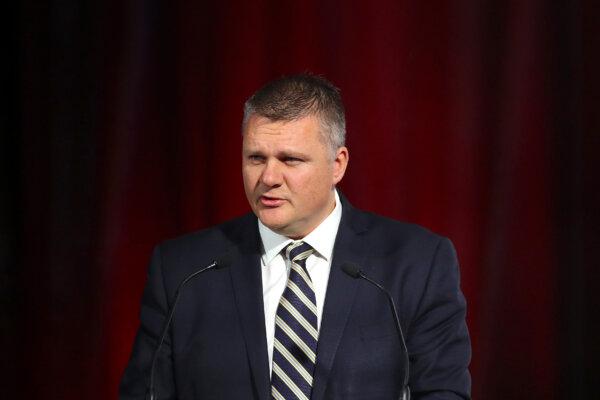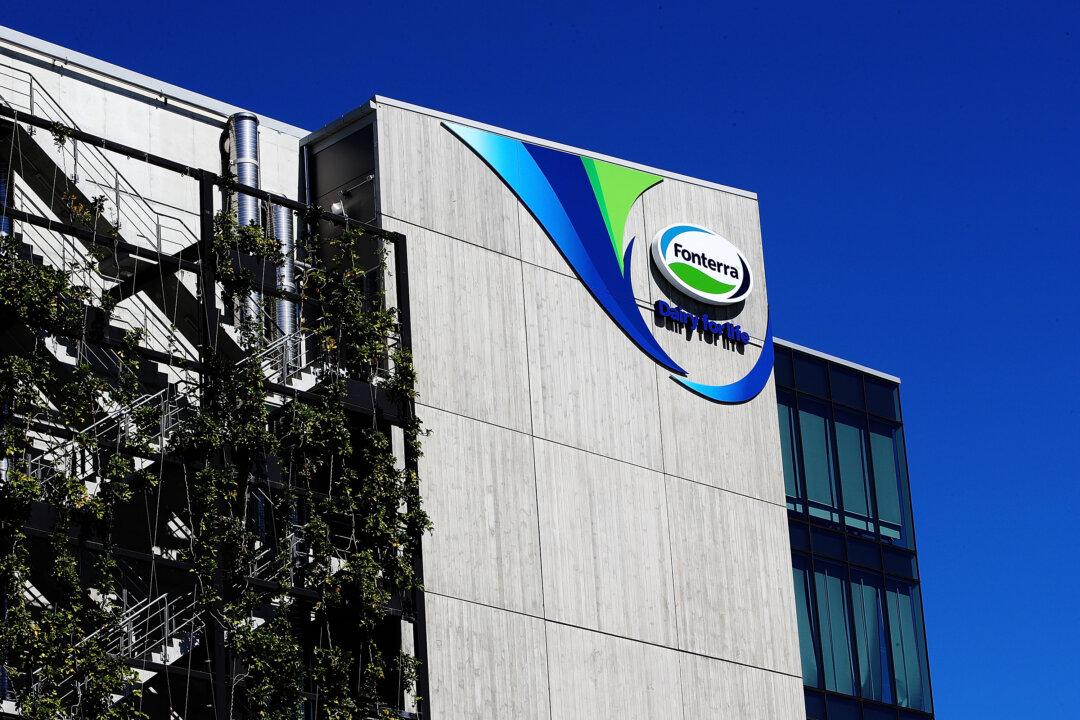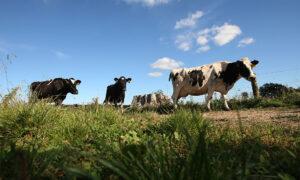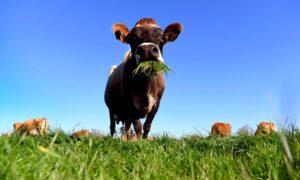Global dairy co-operative Fonterra has stepped up its transition to net zero by adopting a new “on-farm” emissions reduction target.
The new “intensity” target is not an overall reduction target that is often promoted by other companies but rather something linked to some economic output.
Pressure to Decarbonise
Fonterra explained that 86 percent of its emissions came from on-farm activities, prompting the need for an intensity reduction target.Fonterra CEO Miles Hurrell also said the co-operative needed to keep making progress to ensure it would not “fall behind” in the race against carbon emissions.
“Our collective efforts to reduce emissions … will help future-proof Fonterra, supporting our ambition to be a long-term sustainable co-op for generations to come.”

Fonterra elaborated that it could achieve the new target via a number of measures, including best farming practices (such as improving feed quality and herd performance), new technologies, carbon removals from existing and new vegetation, and historical land-use change conversions to dairy.
Meanwhile, Fonterra Chairman Peter McBride said the new emissions reduction target was a collective one and would affect each farm differently.
“There’s no one solution to reducing on-farm emissions. It will require a combination of sharing best farming practices and technology to reduce emissions–it’s both our biggest opportunity and our biggest challenge.”
While expressing “deep empathy” for the challenges faced by the farmers, the chairman promised that Fonterra would work alongside and “not against” them in progressing toward the emissions target.
Climate Group Says New Target Is Not Enough
Following Fonterra’s announcement, Greenpeace Aotearoa, an environmental organisation, criticised the co-operative’s climate roadmap, saying it contained no real measures to reduce emissions.Accusing Fonterra of being New Zealand’s biggest climate polluter, Greenpeace Aotearoa campaigner Christine Rose expressed her dissatisfaction with the co-operative’s efforts to reduce carbon emissions.
“It’s one thing to announce on-farm emissions reduction targets in response to market demands, but without concrete action, targets are meaningless.”
New Zealand’s Proposed Flatulence Tax
Despite being a significant contributor to New Zealand’s economy, the dairy industry has faced challenges in recent years due to the government’s push for net zero.At the time, the New Zealand government argued that the proposed tax was good for the environment and the economy and an excellent opportunity for farmers.
The move angered the farmer community across the country and sparked fierce criticisms from the Opposition.
Meanwhile, some scientists have dismissed the idea that methane emissions from animal farming contribute to global warming due to their short lifespan (around ten years) in the atmosphere.







